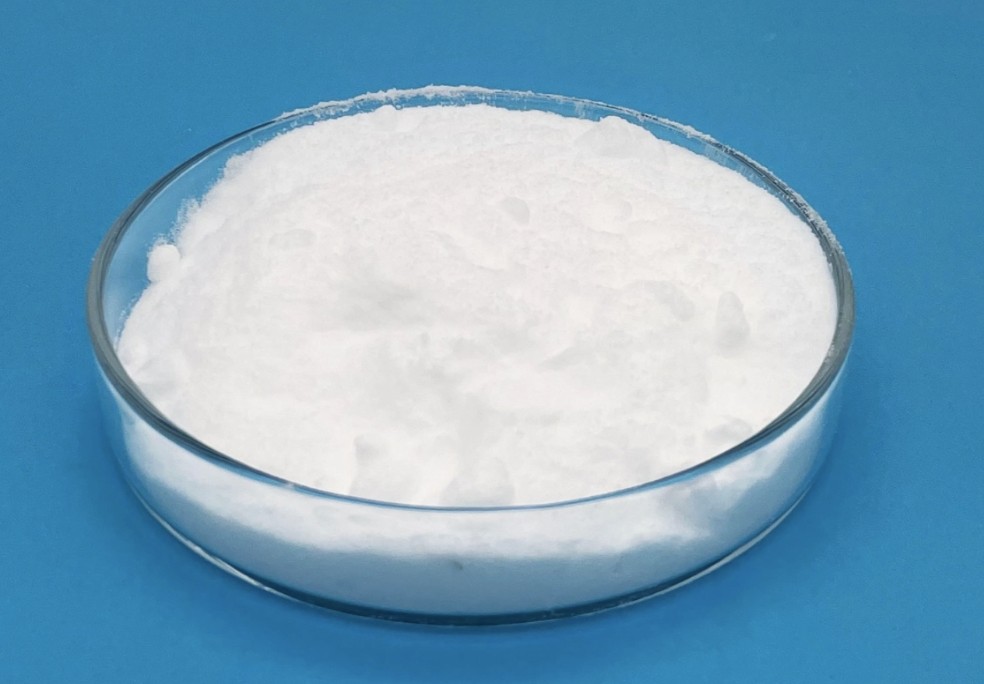Tetracaine (HAN, also known as amethocaine; trade name Pontocaine. Ametop and Dicaine) is a potent local anesthetic of the ester group. It is mainly used topically in ophthalmology and as an antipruritic, and it has been used in spinal anesthesia.
In biomedical research, tetracaine is used to alter the function of calcium release channels (ryanodine receptors) that control the release of calcium from intracellular stores. Tetracaine is an allosteric blocker of channel function. At low concentrations, tetracaine causes an initial inhibition of spontaneous calcium release events, while at high concentrations, tetracaine blocks release completely.
Tetracaine HCL is synthesized from 4-butylaminobenzoic acid. The ethyl ester is formed through an acid-catalyzed esterification reaction.
Tetracaine Hcl is a potent local anesthetic of the ester group.It is mainly used topically in ophthalmology and as an antipruritic,and it has been used in spinal anesthesia.
Tetracaine hydrochloride is indicated for the production of spinal anesthesia for procedures requiring two to three hours.
The efficacy profile of lidocaine as a local anesthetic is characterized by a rapid onset of action and intermediate duration of efficacy. Öyleyse, lidokain infiltrasyon için uygundur, block, and surface anesthesia. Bupivakain gibi daha uzun etkili maddeler bazen subdural ve epidural anestezi için tercih edilir.; lidokain,though, hızlı etki başlangıcı avantajına sahiptir.
In dental anesthesia, a relative insensitivity to lidocaine can occur for anatomical reasons due to unexpected positions of nerves. Some people with Ehlers-Danlos syndrome are insensitive to lidocaine.






















